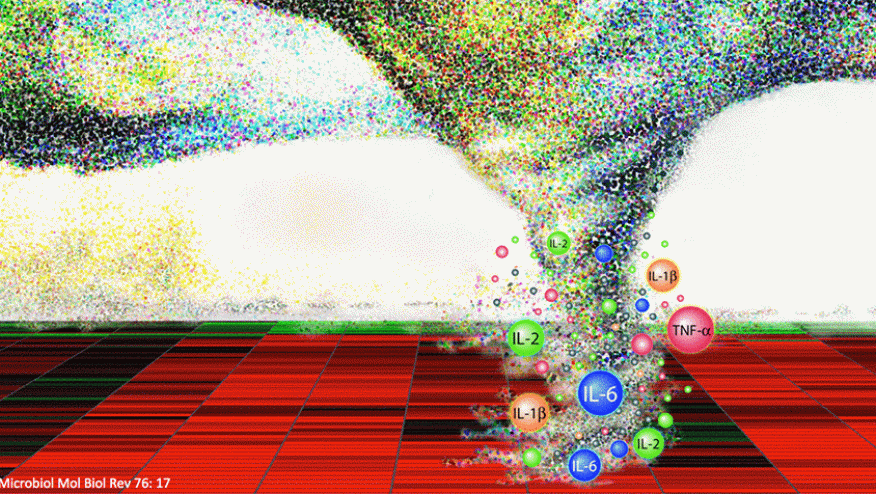Rheumatic Associated Macrophage Activation Syndrome Save

Macrophage Activation Syndrome (MAS) is a hyperinflammatory condition that has a significant mortality risk and may arise in patients with rheumatic disease.
A single center study evaluated the manifestations and outcomes in patients with MAS with rheumatic disease between 2012 and 2020. They identifed 20 adult patients diagnosed with MAS based on the HLH-2004 criteria.
Most were young (age 35.6 years) women (18/20) with an HScore greater than 169 (mean, 241.1). The group included 14 patients with systemic lupus erythematosus and 6 patients with adult-onset Still’s disease. They all had fever (≥ 38.5°C)20 and most had splenomegaly (65%) and bicytopenia (2/3 cell lineage in 75%).
All had hyperferritinemia (≥ 500 ng/mL), 80% had thrombocytopenia and anemia and were noted in 16 patients, and 6/20 had neutropenia. Elevated LDH was found in 19 patients (95%), liver enzyme in 17 (85%), and hypertriglyceridemia in 12 (60%). Hemophagocytosis was identified in 16 (80%).
One-third of patients had pneumonitis, renal impairment and neuropsychiatric findings, primarily occuring in lupus complicated by MAS.
All patients were treated initially with corticosteroids (≥ prednisolone equivalent 1 mg/kg) and 16 patients were considered refractory to high dose corticosteroids, and were given additional immunosuppressants (intravenous immunoglobulin, tocilizumab, rituximab, ttoposide, cyclosporin, or infliximab).
The overall mortality rate of MAS was higher in SLE (42.9%) than AOSD (16.7%), but this was not significant. Mortality occured early, at 3 and 6 months (75.2% and 64.3%). Nine patients had opportunistic infections, five of whom died during admission.
There is a high mortality risk when MAS complicates rheumatic disease. Early diagnosis and treatment is pivotal.









If you are a health practitioner, you may Login/Register to comment.
Due to the nature of these comment forums, only health practitioners are allowed to comment at this time.